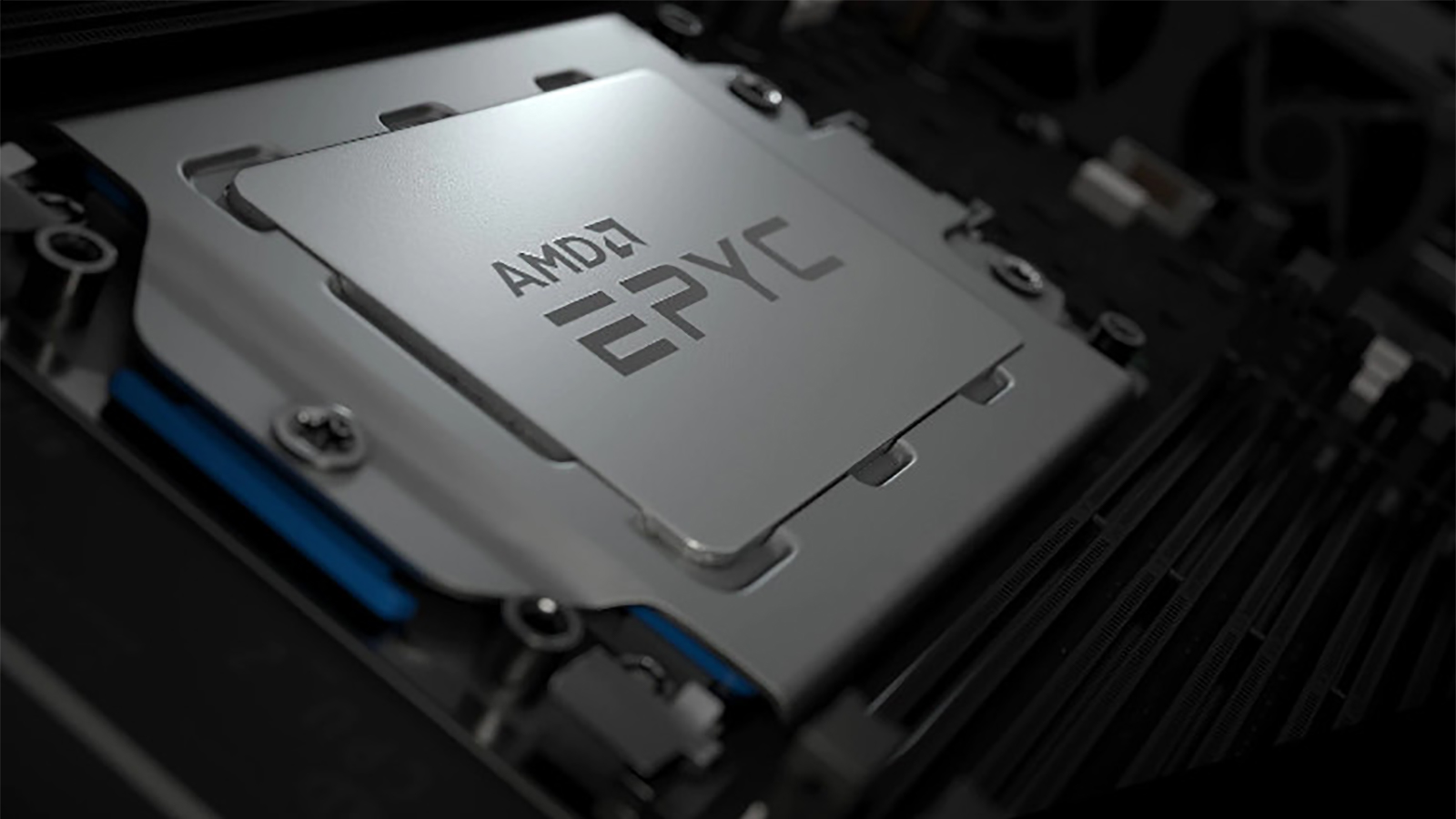
The months following the launch of Alder Lake were a bit rough for AMD, but it still held the upper hand in the server market and retook the gaming lead thanks to the Ryzen 7 5800X3D and its 3D V-Cache. It became pretty clear that AMD lost track of the market and got too caught up in its performance leadership, as Intel had no competition below the $300 mark on the desktop since AMD never bothered launching budget Ryzen 5000 chips until Intel forced the issue. This was made all the easier thanks to how Intel absolutely screwed up its plans to launch powerful 10nm CPUs, leaving AMD to face off against outdated and practically obsolete 14nm chips, which are some of the worst Intel has ever made.īy the end of 2021 though, Intel finally got its act together and launched its 10nm Alder Lake chips. The server market was (and still is) the most important area for AMD to make progress in, and by the time Zen 3 came out in 2020, AMD controlled 7% of the market, up from nearly 0% before Zen came out. AMD racked up a massive lead in multi-threaded performance in pretty much every segment, had significantly better power efficiency in virtually every workload, and even surpassed Intel in single-threaded performance, which AMD hadn't been able to do for over a decade.įrom here, the road just got easier for AMD. Zen 2, the successor to Zen, launched in 2019 and shocked pretty much everyone by blowing Intel out of the water.

While the computing industry, CPU enthusiasts, and even AMD itself expected the road to performance leadership to be long, it was actually quite short. AMD later named this architecture Zen, and the launch of its first Zen CPUs in 2017 marked a new beginning for AMD, and although Zen couldn't quite compare to Intel's Core architecture, it wasn't far off. This architecture would be modeled after Intel's: high single-threaded performance, industry-typical cores and threads, and the kind of flexibility that made it suitable for everything from the lowest-end consumer CPUs to the highest-end server chips. For the next six years, AMD would have to subsist on this awful architecture while Intel reached the peak of its supremacy.Īlmost immediately after the Bulldozer debacle, AMD realized a simple rework wouldn't cut it and started working on a brand-new architecture. Its single-threaded performance was trash (first-generation FX chips were actually slower than the Phenom II CPUs they replaced), it consumed tons of power, and at the end of the day, its multi-threaded performance was at best mediocre. So, the company decided to develop this architecture called Bulldozer and bet that multi-threaded workloads were the future of computing.īulldozer wasn't just bad, it was objectively the worst thing AMD ever came up with. AMD's Phenom CPUs just weren't cutting it against Intel's Core architecture, and something needed to change if AMD wanted to have a shot at leadership again.

Only a few years prior, its legendary Athlon desktop and Opteron server CPUs seemed poised to topple Intel, but eventually, AMD lost its grip and Intel cleaned up its act. In the late 2000s, AMD was down on its luck.


 0 kommentar(er)
0 kommentar(er)
